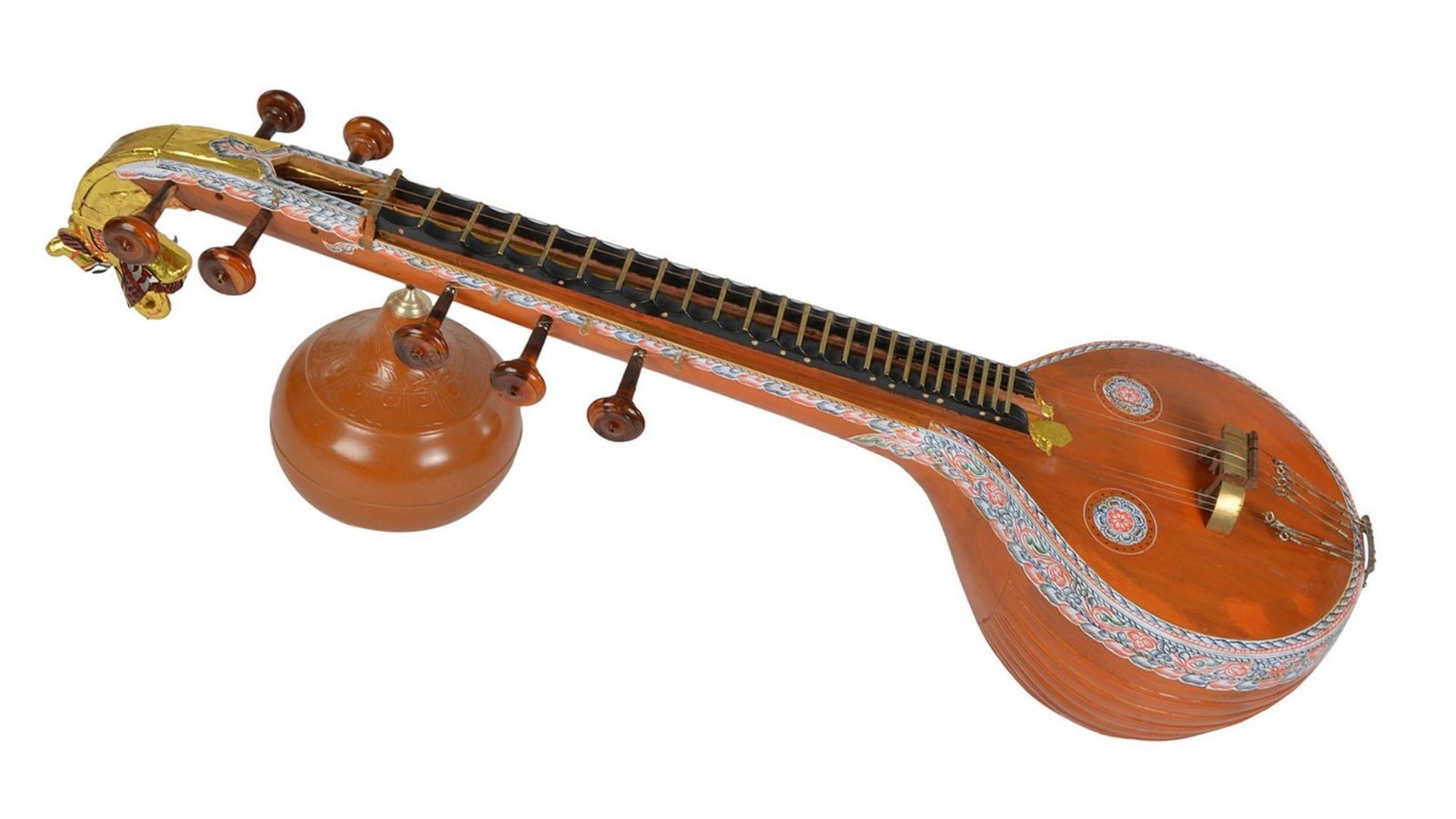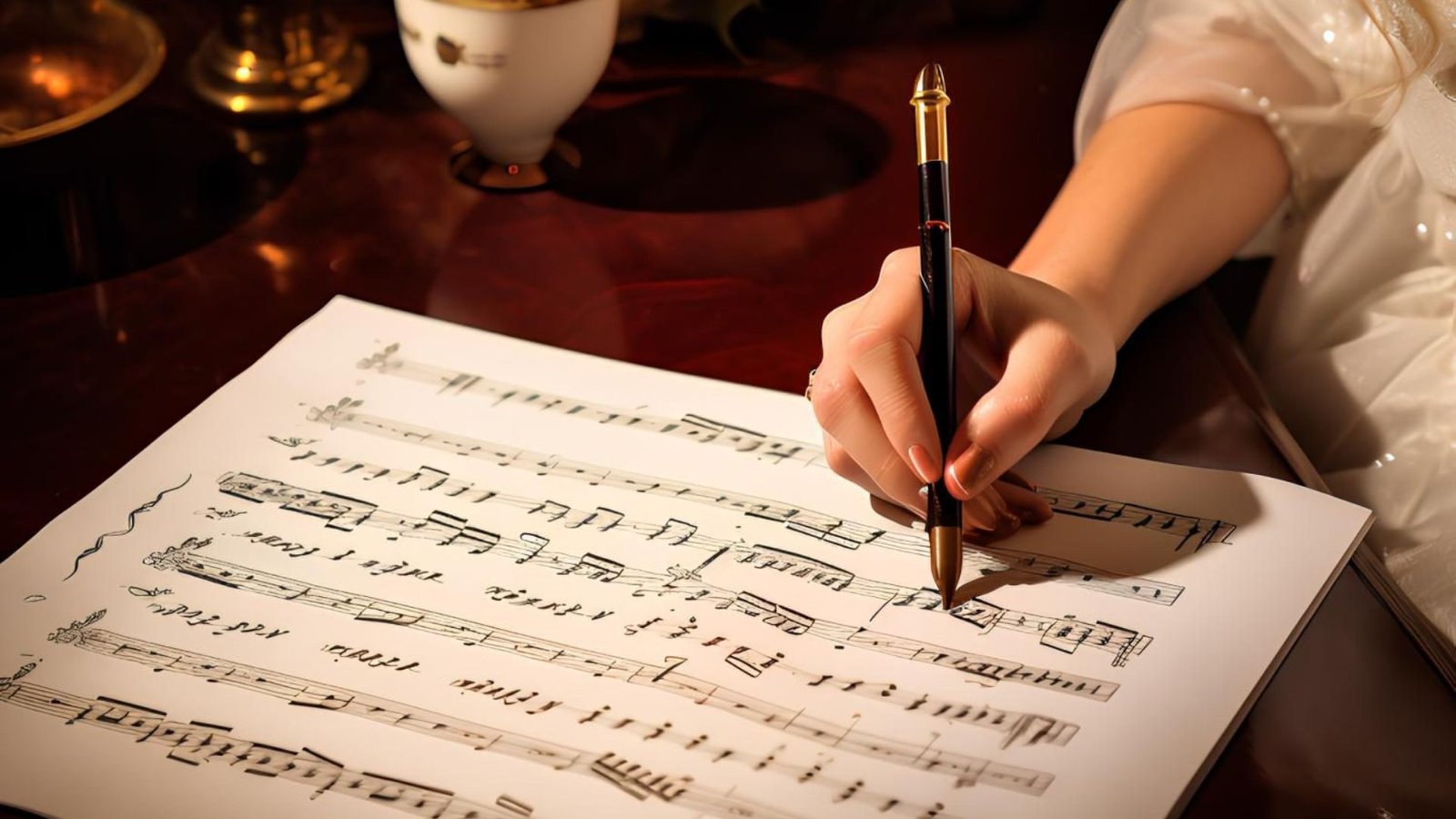Indian Music Composition Techniques
Indian music composition is a nuanced art form that encompasses a variety of techniques and traditions. These techniques, rooted in ancient practices, have evolved over centuries to create a rich tapestry of musical expression. This article delves into the fundamental aspects of Indian music composition, including its structure, improvisation methods, and rhythmic patterns.

Structure of Indian Music Composition
Raga and Tala
At the heart of Indian music composition lies the raga and tala system. A raga is a melodic framework consisting of a specific set of notes, ascending and descending patterns, and characteristic phrases. It sets the mood and emotional tone of the piece. Each raga is associated with a particular time of day or season, adding depth to its expression.
Tala, on the other hand, refers to the rhythmic cycle that accompanies the raga. It provides the framework for the rhythm of the composition. Talas can be complex, with varying numbers of beats, and are crucial for maintaining the rhythm and structure of the music.
Composition Forms
Indian classical compositions are structured in several forms, each with distinct characteristics. In Hindustani music, the most common forms are “dhrupad,” “khayal,” and “thumri.” Dhrupad is known for its austere and devotional quality, while khayal emphasizes improvisation and emotional expression. Thumri, on the other hand, focuses on romantic and devotional themes.
In Carnatic music, compositions include “kriti,” “varnam,” and “padam.” Kriti is a detailed composition with lyrical and melodic richness, while varnam serves as a practice piece and padam often explores devotional or romantic themes.
Improvisation Techniques
Alap and Jor
Improvisation plays a vital role in Indian music, particularly in classical performances. The “alap” is the introductory section of a performance where the musician explores the raga without rhythmic accompaniment. This section allows for the free expression of the raga’s melodic nuances and establishes the mood.
Following the alap, the “jor” introduces rhythmic elements, leading into the main composition. The jor is more structured than the alap but still allows for improvisation within the rhythmic framework. This phase showcases the musician’s creativity and command over the raga.
Taan and Gamaka
Within the composition, improvisational techniques such as “taan” and “gamaka” are used to embellish the raga. Taan involves rapid, intricate melodic phrases that display technical prowess. Gamaka refers to the ornamental nuances and variations in note execution that enhance the emotional quality of the raga.
Rhythmic Patterns
Complex Rhythmic Cycles
Indian music employs intricate rhythmic patterns, known as “tala,” which are fundamental to its composition. These cycles consist of a series of beats (matras) grouped into sections (vibhags). Common talas include “teentaal,” with 16 beats, and “jhaptaal,” with 10 beats. Each tala has its unique structure and rhythmic feel, which influences the composition’s flow.
The Role of Percussion
Percussion instruments play a significant role in Indian music composition, providing rhythmic support and enhancing the overall texture of the music. Instruments like the “tabla,” “mridangam,” and “pakhawaj” are integral to Indian compositions. The interaction between melodic and rhythmic elements creates a dynamic and engaging musical experience.
Conclusion
Indian music composition techniques reflect a deep and diverse tradition, blending melody, rhythm, and improvisation into a rich musical tapestry. Understanding the structure of ragas and talas, the art of improvisation, and the complexity of rhythmic patterns provides valuable insight into the creative processes that define Indian music. As these techniques continue to evolve, they ensure the ongoing vitality and relevance of Indian music in a global context.
Short Description (20 words):
Explore the techniques of Indian music composition, including raga, tala, improvisation, and rhythmic patterns, shaping classical and contemporary music.


